Disasters can strike in a heartbeat, with deadly force. Earthquakes, hurricanes, tsunamis, floods and volcano eruptions hold the power to change people’s lives forever.
The first 72 hours after a disaster matter immensely. Since World Vision has more than 34,000 staff in nearly 100 countries, we can be quick to the scene in an emergency. We can help children and families survive.
Here’s how our teams—local, national and global—mobilize to preserve life, provide critical essentials, and offer child protection in crisis.
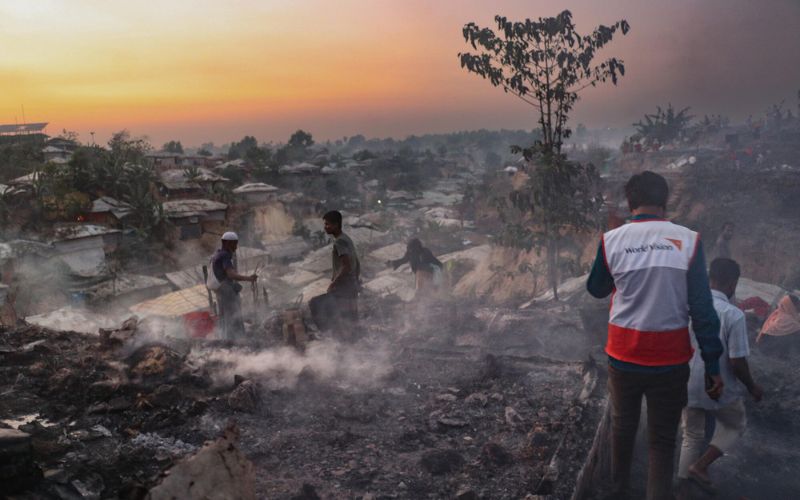 Thousands of World Vision workers live through the same disasters they respond to. An earthquake, for instance, can easily destroy an aid worker’s home. It can gravely injure their family members. Our on-the-ground teams ensure their families are safe before heading out to care for others. Photo: Md Qazi Shamim Hasan
Thousands of World Vision workers live through the same disasters they respond to. An earthquake, for instance, can easily destroy an aid worker’s home. It can gravely injure their family members. Our on-the-ground teams ensure their families are safe before heading out to care for others. Photo: Md Qazi Shamim Hasan
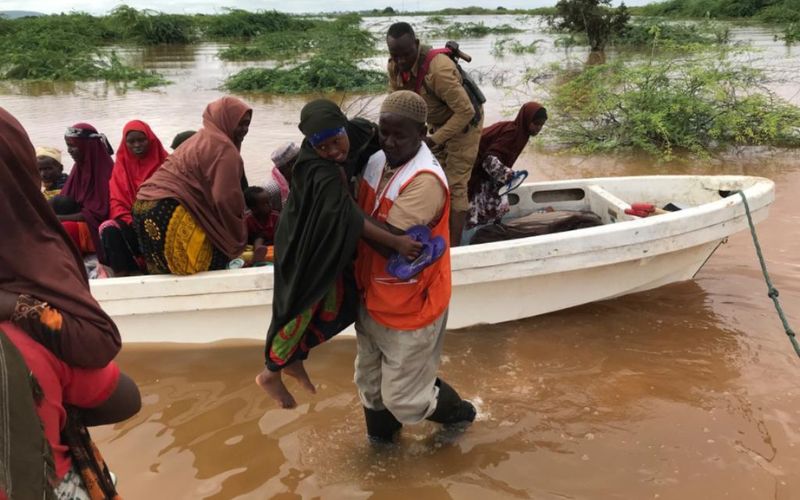 Having checked on their families, our local staff do all they can to assist people in danger. Local teams often must both respond and recover initially, as reinforcements from World Vision’s regional and global offices hurry to the scene. Photo: Muhidin Abdullahi
Having checked on their families, our local staff do all they can to assist people in danger. Local teams often must both respond and recover initially, as reinforcements from World Vision’s regional and global offices hurry to the scene. Photo: Muhidin Abdullahi
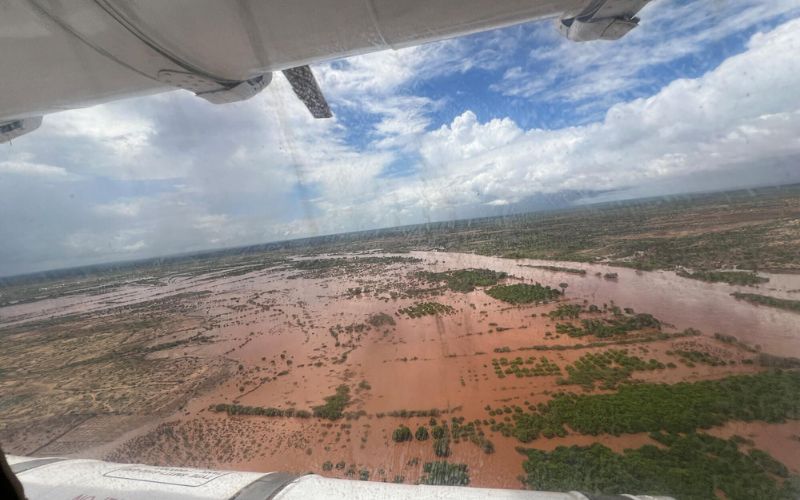 From around the affected country, World Vision deploys additional staff to assist with recovery efforts. They may arrive by road, water or air—whatever is feasible in the aftermath. These staff have office jobs in spheres such as advocacy, water and sanitation, or emergency health. Yet they train year-round to provide urgent backup in disasters. Photo: Lucy Murunga
From around the affected country, World Vision deploys additional staff to assist with recovery efforts. They may arrive by road, water or air—whatever is feasible in the aftermath. These staff have office jobs in spheres such as advocacy, water and sanitation, or emergency health. Yet they train year-round to provide urgent backup in disasters. Photo: Lucy Murunga
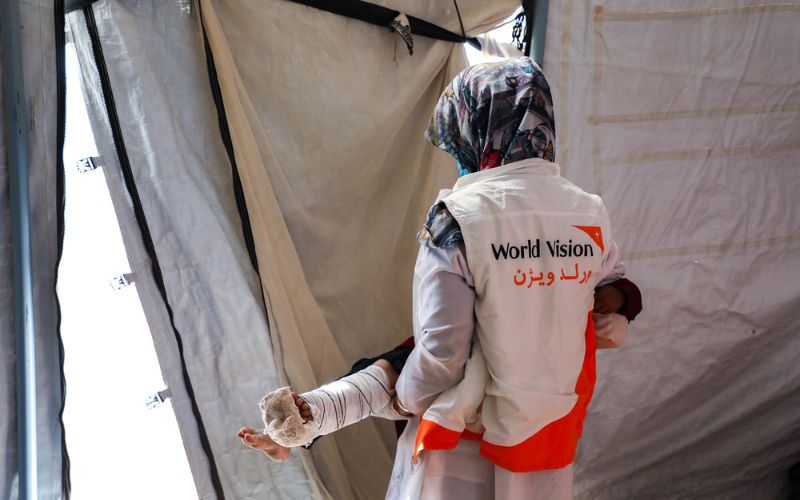 From the instant disaster strikes, World Vision staff at all levels do what they always do—prioritize children. Initially, they may be the only ones on-hand to provide support with First Aid. We also look out for children separated from their families in the chaos. Photo: World Vision Afghanistan
From the instant disaster strikes, World Vision staff at all levels do what they always do—prioritize children. Initially, they may be the only ones on-hand to provide support with First Aid. We also look out for children separated from their families in the chaos. Photo: World Vision Afghanistan
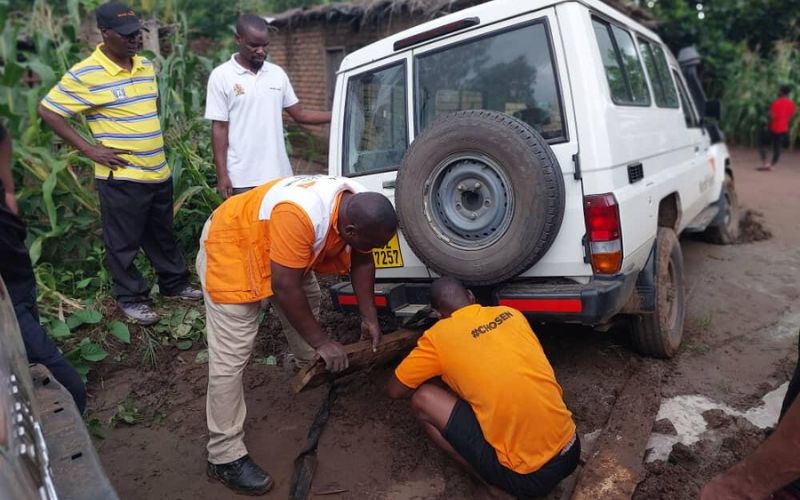 By now, local, regional and global staff who have reached the impacted area are working on many fronts. Not only are they caring for the survivors they have already reached. They check on children and families in more remote areas. This takes determination when roads are washed out or bridges destroyed. Photo: Wezzie Nungu
By now, local, regional and global staff who have reached the impacted area are working on many fronts. Not only are they caring for the survivors they have already reached. They check on children and families in more remote areas. This takes determination when roads are washed out or bridges destroyed. Photo: Wezzie Nungu
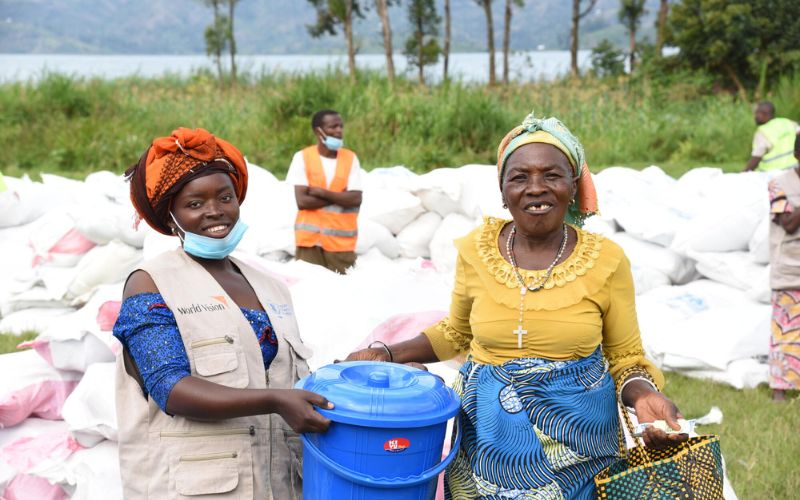 Depending on the state of the roads, World Vision teams can often deploy their local warehouses of non-perishable items within the first 72 hours. These goods include critical items such as tarpaulins, tents, cooking pots, and jerricans (to carry water, fuel and oil during food distributions.) Photo: Rodrigue Harakandi
Depending on the state of the roads, World Vision teams can often deploy their local warehouses of non-perishable items within the first 72 hours. These goods include critical items such as tarpaulins, tents, cooking pots, and jerricans (to carry water, fuel and oil during food distributions.) Photo: Rodrigue Harakandi
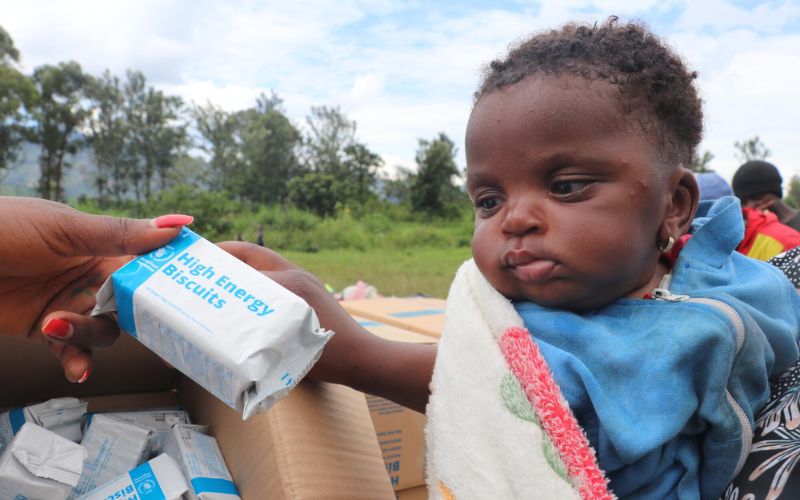 The emergency food packs we distribute often include high energy biscuits for babies and young children. The biscuits can be made into a kind of pablum when mixed with safe water. They can be lifesaving for babies and toddlers, who are most vulnerable in any emergency. Photo: Rodrigue Harakandi
The emergency food packs we distribute often include high energy biscuits for babies and young children. The biscuits can be made into a kind of pablum when mixed with safe water. They can be lifesaving for babies and toddlers, who are most vulnerable in any emergency. Photo: Rodrigue Harakandi
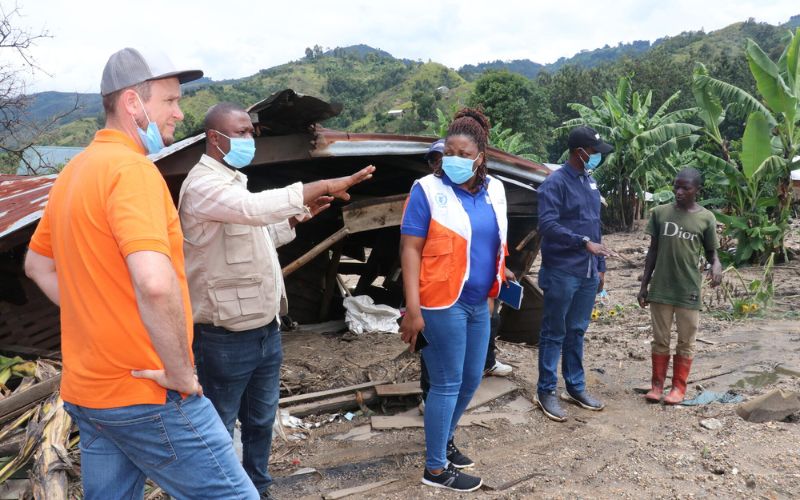 By now, members of World Vision’s national team are assessing the status of the situation. They check for destroyed homes, schools, community centres, roads, bridges and airstrips. Is it viable to bring in freshwater trucks, for instance, or to land a plane? Or are the roads and runways too damaged? Photo: Jean-Baptiste Mirindi
By now, members of World Vision’s national team are assessing the status of the situation. They check for destroyed homes, schools, community centres, roads, bridges and airstrips. Is it viable to bring in freshwater trucks, for instance, or to land a plane? Or are the roads and runways too damaged? Photo: Jean-Baptiste Mirindi
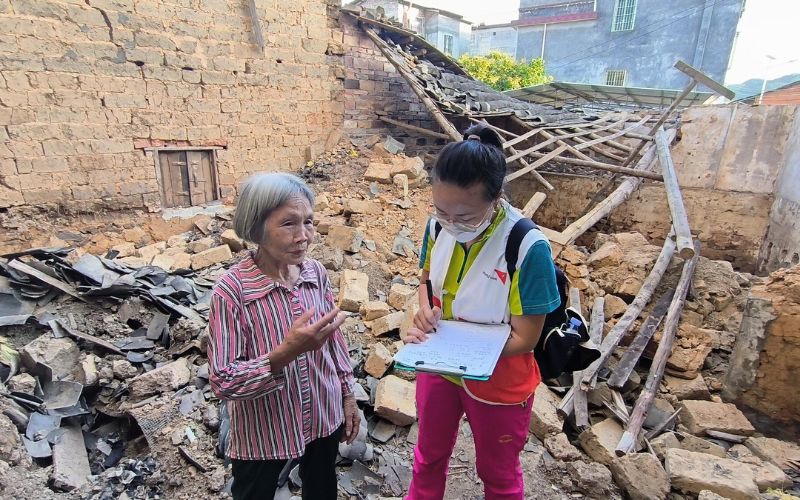 World Vision’s Global Rapid Response Team members are often on a flight to the scene in the first 24 hours. Quickly and thoroughly, they assess the scope and scale of needs. Based on their insights, specialized reinforcements from as far away as Canada might be deployed. Photo: Kinson Leung
World Vision’s Global Rapid Response Team members are often on a flight to the scene in the first 24 hours. Quickly and thoroughly, they assess the scope and scale of needs. Based on their insights, specialized reinforcements from as far away as Canada might be deployed. Photo: Kinson Leung
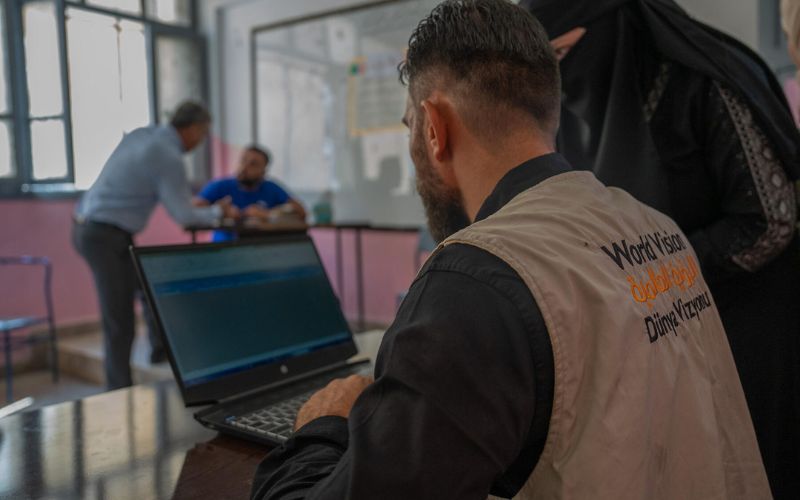 A member of the Global Rapid Response Team typically handles emergency cash distributions. These carryover funds assist families in urgent need (often those with many children.) Where local markets are functioning, people can use the funds to purchase food locally. Photo: Zaher Jaber
A member of the Global Rapid Response Team typically handles emergency cash distributions. These carryover funds assist families in urgent need (often those with many children.) Where local markets are functioning, people can use the funds to purchase food locally. Photo: Zaher Jaber
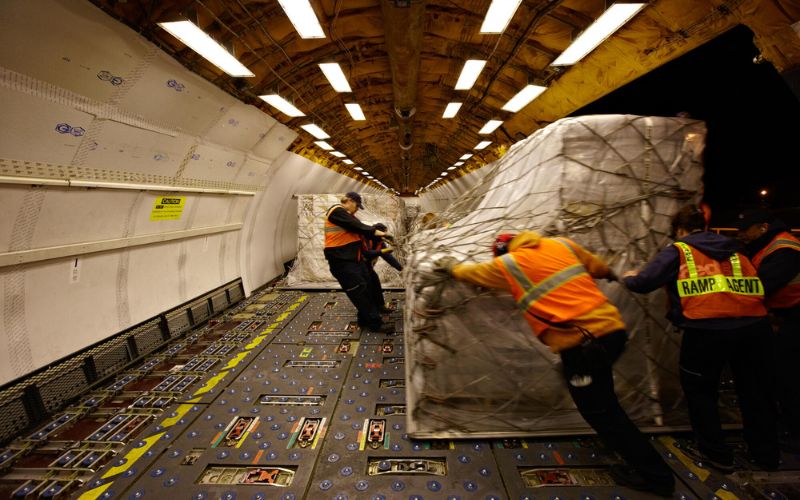 Perishable foods like grains, pulses and oil, prepositioned by World Vision in warehouses around the world, are soon on their way—provided there’s a place for planes to land. Since we have a year-round presence in 100 countries globally, clearing customs is normally quick and straightforward. Photo: Bryce Boyer
Perishable foods like grains, pulses and oil, prepositioned by World Vision in warehouses around the world, are soon on their way—provided there’s a place for planes to land. Since we have a year-round presence in 100 countries globally, clearing customs is normally quick and straightforward. Photo: Bryce Boyer
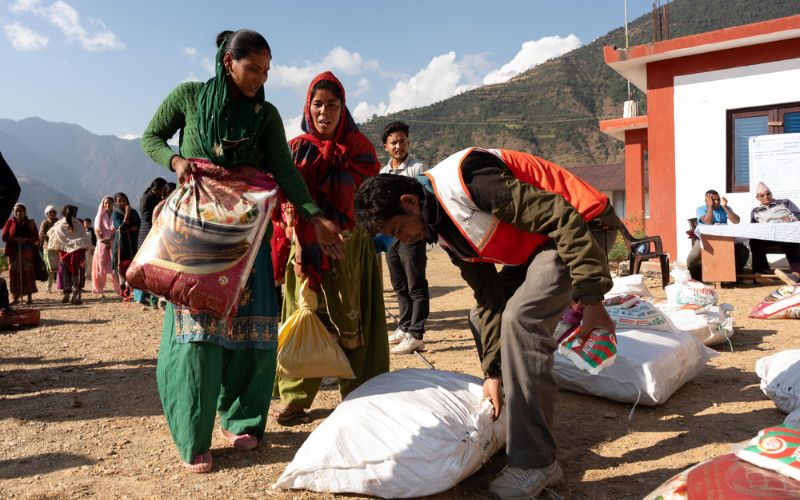 If markets aren’t operating (or a country doesn’t allow cash transfers), a World Vision team member contacts their World Food Programme counterpart. It may be days or weeks until in-kind goods such as food arrive for us to distribute. World Vision is the world’s largest distributor of World Food Programme goods around the world.
If markets aren’t operating (or a country doesn’t allow cash transfers), a World Vision team member contacts their World Food Programme counterpart. It may be days or weeks until in-kind goods such as food arrive for us to distribute. World Vision is the world’s largest distributor of World Food Programme goods around the world.
After 72 hours
As each emergency is unique, so is our response in the early days of aftermath. When transport and customs are straightforward, we may have food in people’s homes within those first three days. Other times, it takes longer.
Two things are consistent, no matter the disaster:
- Our communication, coordination and cooperation with other agencies. There’s no point in six NGOs turning up in the same tiny village to do the same job, while others are left unsupported.
- Our laser-like focus on children who are suffering. If we do everything right but forget the children, we have missed our main goal.
Once those 72 hours are over, World Vision digs in for the long haul. We stay to help communities survive, recover and rebuild for the future. This can involve months or even years of robust presence on the ground.
And—as we’ve proved hundreds of times over the past seven decades of emergency response—we’re more than up for the challenge.
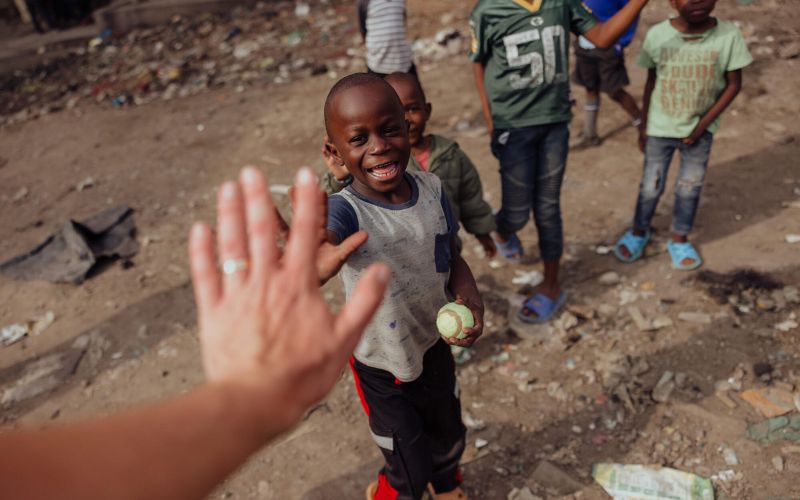 Photo: Ben Adams
Photo: Ben Adams